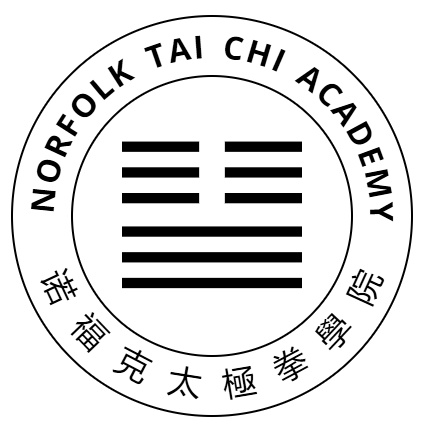 In the previous post we tried to explain why the Fair Lady of “Fair Lady Weaves Shuttles” is actually called a jade maiden. Now we turn to the movement itself. Its name implies a woman sitting at a loom, but images of the weaving maiden more often show her spinning thread. In the image at left the jade maiden is depicted as a flying spirit. Why is that? And what is she spinning?
In the previous post we tried to explain why the Fair Lady of “Fair Lady Weaves Shuttles” is actually called a jade maiden. Now we turn to the movement itself. Its name implies a woman sitting at a loom, but images of the weaving maiden more often show her spinning thread. In the image at left the jade maiden is depicted as a flying spirit. Why is that? And what is she spinning?
The Weaving Maiden 織女 (zhi-nu) is a character from Chinese mythology, the youngest of the seven daughters of 玉皇 the Emperor of Heaven (literally ‘The Jade Emperor’ – that word again) and 西王母 Xiwangmu, the Queen Mother of the West. Her particular task was to weave clouds.
The sisters would come down to earth to play and here a cowherd fell in love with her. She returned his love, and they were married and had two children. When the girl’s parents found out about this they were furious. The girl was returned to heaven and a river – the Milky Way – was placed in the sky to separate them. In China the Weaving Maiden is associated with the star Vega and the cowherd with the star Altair. The Milky Way, known in China as the Silver River or Heavenly River, does indeed run between these two stars. You can learn the Chinese names of these stars, and of the stars representing their children, on the blog Jade Turtle Records.
But the story is not over! The magpies built a bridge between earth and heaven so that the two lovers could meet. Moved by this sight, the parents permitted the lovers to meet on this bridge once a year. This meeting is celebrated each year on the 7th day of the 7th month at a festival called the Night of Sevens (Qi Xi) or Double Seven Festival. (In 2022 it fell in August). This is the turning point of the year, the time when summer turns to autumn; traditionally, it was the time when girls would begin sewing clothes for the winter.

 So now we know who the girl was, but why does she crop up in the name of a Tai Chi movement? Perhaps this story of a heavenly girl and an earthly boy has some kind of allegorical significance for the Taoists?
So now we know who the girl was, but why does she crop up in the name of a Tai Chi movement? Perhaps this story of a heavenly girl and an earthly boy has some kind of allegorical significance for the Taoists?
Well, as it turns out, both the weaving maiden and the cowherd are depicted in the Neijing Tu or Diagram of The Internals (see the image at right), which was discovered in the White Cloud Temple in Beijing. Taoists were concerned with internal alchemy – the process of internal transformation – and the diagram attempts to depict this process. The text around the Weaving Maiden refers specifically to the kidneys and the spleen. This doesn’t mean that Fair Lady Weaves Shuttles is designed to benefit the kidneys and spleen: the weaving motion is more to do with the visiting of the four corners. But the Taoists use the relationship between the Weaving Maiden (yin) and the Cowherd (yang) as an allegory of the circulation of energy between the kidneys (the Weaving Maiden) and the heart (the Cowherd) which lies at the root of Taoist Internal Alchemy. That’s a topic for another time.
